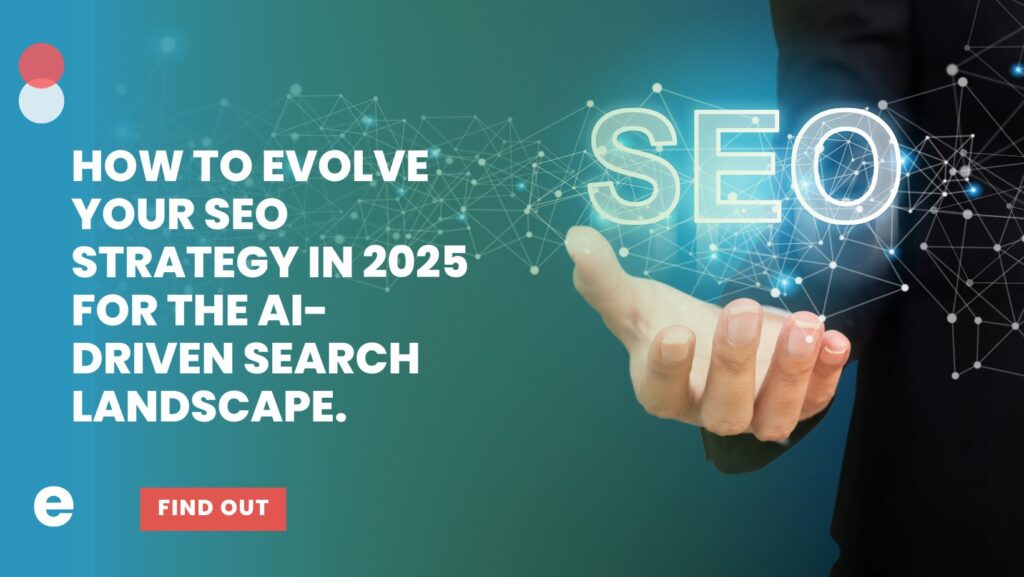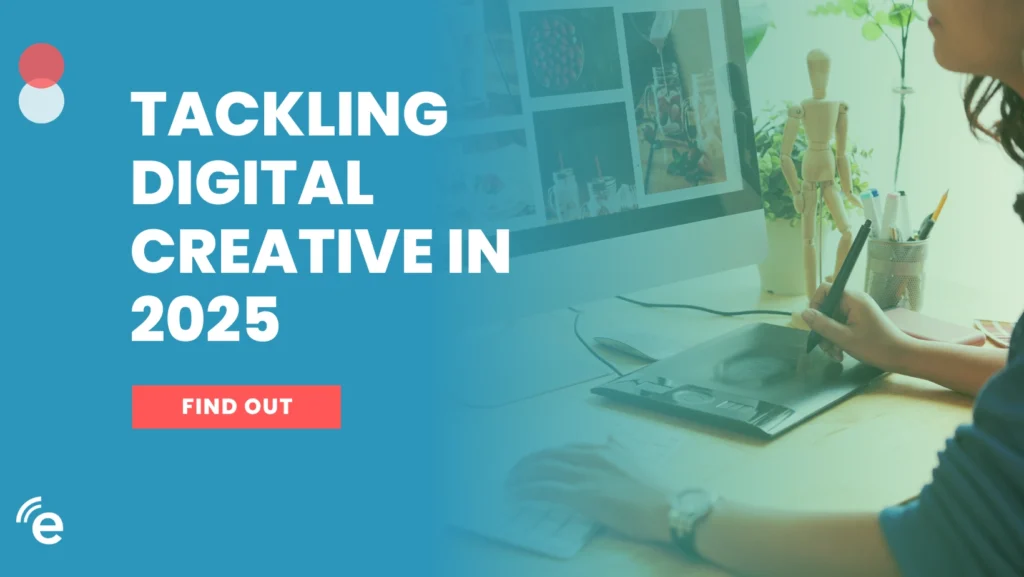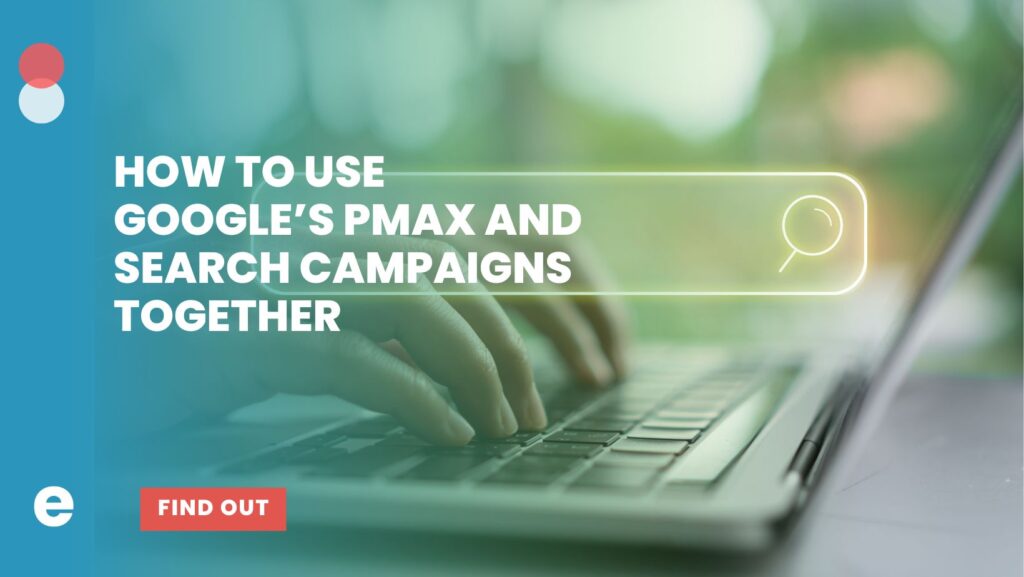2017 finished with quite the bang in terms of huge deals in healthcare. From the CVS purchase of Aetna and its 22 million paying members (which makes for good math if you accept the quoted $69B sales price that would value each insured at $3136. Not a bad investment since in 2016 the average healthcare bill per person in the US was north of $10k) to the slew of Q4 hospital consolidations (Ascension Health & Providence St. Joseph, Advocate Health Care & Aurora Health Care, among others), mergers and acquisitions were the newsmaking stories of the year. And of course, everyone wants to know what Amazon is going to do, which will make for an interesting 2018.
Why are we seeing these huge mergers? One reason is that these types of mergers are, honestly, effective. When you absorb a competitor, you gain market share and resources. Additionally, consolidation allows for increased leverage by way of an instantaneous increase in market footprint. In a heavily regulated market such as healthcare, there are far fewer avenues to sustainable growth versus say, the historically wide(r)-open markets of Silicon Valley.
But what do these blockbuster transactions mean for digital healthcare marketing? Here are three areas to consider:
- With competition now fiercer as healthcare superpowers merge and thus pool their collective resources, nimble, consumer-centric marketing will be an absolute necessity for breakout and sustainable growth.
Heavy is the head that wears the crown. With all of the advantages that come from being the largest fish in the pond, these newly merged organizations will become players in a heavyweight battle of patient acquisition and retention. While growth will always continue to be a pillar on which fiscal viability is built upon, a larger portion of these organization’s innovation and marketing strategies will focus on offering value to their existing consumers by way of the connected consumer model – a model other industries like CPG have already embraced and healthcare is only now in a position to capitalize on. We anticipate healthcare organizations large and small will ramp up their efforts to win the hearts and minds on free-market patients through their screens, especially the ones they keep in their pockets and purses. Forward-thinking CMOs and CGOs will look to leverage cutting-edge technologies while developing new formulas to wring every last byte of value from their data.
- Consolidation requires restructuring, which is a prime opportunity for busting down silos.
In the arena of consolidation, the CVS/Aetna deal makes sense for both parties on several levels. On one hand Aetna received a nice premium over their listed stock price at the time of the deal (29 percent) while CVS bought 22 million policyholders that they can now incentivize to fill prescriptions and seek doc-in-a-box level care at their 9,700 storefronts. Keeping these newly-won policyholders within the CVS/Aetna system will now require a change in focus – as most canned hunts do – from new acquisitions to one of retention. In order to push the type of forward-thinking and nimble marketing initiatives we discussed in our first point, these newly-merged organizations will need to economize their own communications, be they internal, B2B, or B2C – this will necessitate the breaking down of silos, and thinking more agile and less waterfall.
- Scalability will move up the importance ladder as organizations exhaust their existing economies of scale and require new approaches to data-driven marketing initiatives.
While initially these larger organizations will enjoy the immediate payoff associated with their newfound bulk/power, they will soon see their traditional revenue models hit their limits and will therefore need to audit their entire organization for efficiencies that may not have yet been noticed – or worse, have been identified by their competitors. Machine learning, advanced modelling, and a deeper investment in data analytics will justify incremental advantages that will translates into millions for shareholders. All of these newfound insights will be channeled back to the front lines: creating a more meaningful user experience from removing pain points such as simplifying enrollment processes to offering convenient, tech-forward solutions like telemedicine. There is a status shift happening right now, where consumers are demanding a shift in messaging from “come get what we got” to “we understand your wants and needs so well we can tailor our product to fully satisfy both.”
We at Enilon think a conversation around developing a patient-centric, internally and externally connected digital marketing program is a good conversation to have for any healthcare organization. We’ve been pointing our client’s marketing efforts in this direction for years, working with them from inception to execution to realize greater growth and stronger relationships.
If this sounds like a conversation you’d like to be a part of, we’re listening.


